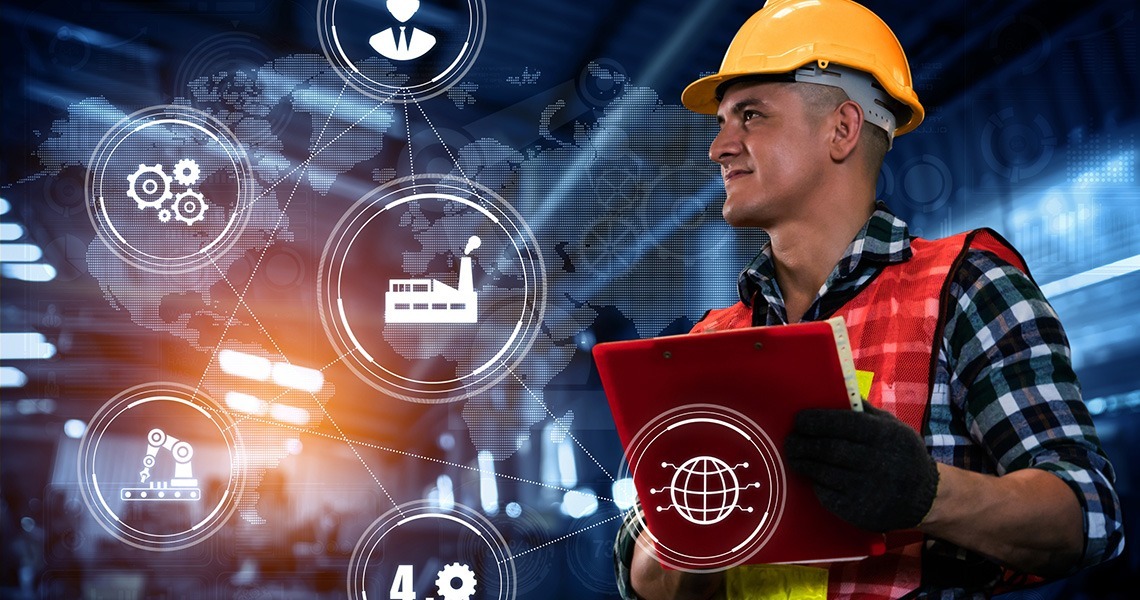A recent study by the Bank of Spain (BDE), considers that there is ample scope to increase teleworking in many sectors.
According to the article “El teletrabajo en España” published by the entity, 30.6% of the employed could telework, at least occasionally, which is 22.3 percentage points more than at present.
In the study, the possibility of teleworking is analysed according to several factors, including the type of work to be done and the degree of preparation of the company to allow this activity to be carried out remotely. There is a high heterogeneity in the possibility of working remotely according to the occupation.
Many pioneering and innovative companies were already investing in new technologies before the crisis, convinced of the need for digital transformation. Among those that had not done so, the current environment has climbed to the top of their priorities, the search for solutions that allow them to continue with their activity. Solutions, to facilitate the tasks of advice, training, auditing or remote consultation, improving the level of service and response time and reducing to a maximum the travel of their professionals.
Augmented Reality applied to video communication, allows remote and real-time connection between professionals, reducing unnecessary travel, improving response time and facilitating remote work.
The use cases to which the Expert Remote Assistance with Augmented Reality gives answers, are increasing:
- Communication between different locations to check start-ups, resolve incidents on production lines or provide maintenance assistance, allowing interaction even in the most complex design, assembly or production processes, without the need for travel. Advanced Technological Solutions in the Automotive Industry
- Communication with PRL (Occupational Risk Prevention) auditors to carry out remote occupational safety audits, generating evidence of the verifications made.
- Communication with clients or supervisors to validate the finished product to be delivered or the work done, generating evidence of the verifications for filing in the file.
- Communication with customers or distributors to provide a premium and immediate support service as an added value to the product or service portfolio.
- Expert communication to give remote support in a survey, claim or premium calculation, solving doubts, validating the work and generating evidence to be included in the file.
- Expert-client communication to carry out a remote teleprocessing in an accident, without displacements and as a premium service of urgent character.
Also in the health sector:
- Doctor-patient communication for remote teleconsultation or home follow-up, to solve doubts or to generate remote evolution notes.Telemedicine to improve the medical monitoring of elderly and chronically ill people in Central Catalonia, confined to their homes during the COVID crisis.
- Medical-specialist communication to have the support of specialists remotely, in real time, from the office and next to the patient or support from health technology technicians. Innovation and technology against the pandemic.
- Surgeon-specialist communication to have the help and support in the operating room of a specialist in remote and real time. 4REMOTE enables first Remote Assisted Surgery with 5G
The possibilities of these solutions go beyond video sharing or document exchange.
The expert can make precise indications on the video so that the technician, from his smartglasses or from his smartphone or tablet, can see exactly what is being indicated, using the virtual pointer, with drawings or text on the video.
Notices or messages can be inserted to make communication faster and more effective, also allowing voice to text transcription and translation in real time, facilitating communication in an international environment.
In the Bank of Spain study, it was analysed that up to 60% of directors, managers, technicians and professionals had the possibility of working remotely in the period analysed in the study. However, a much smaller proportion were other professionals such as protection personnel, service workers, plant and machinery operators, low-skilled workers, military personnel, accountants and administrative staff.



